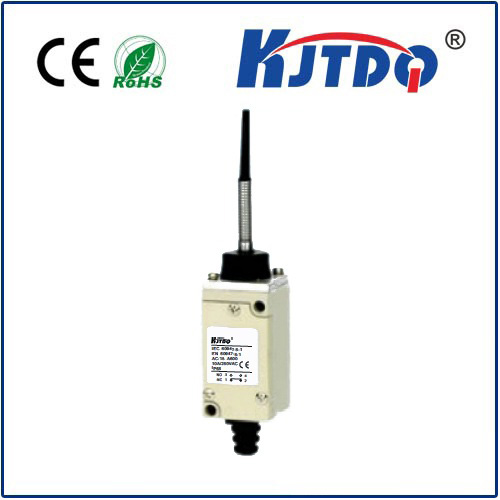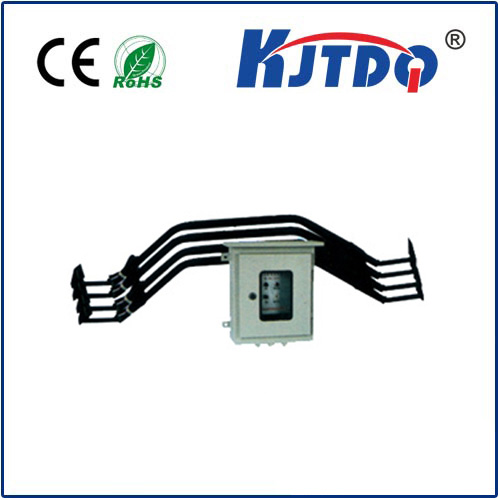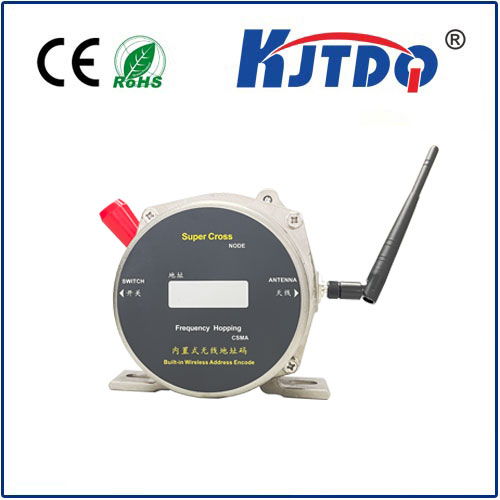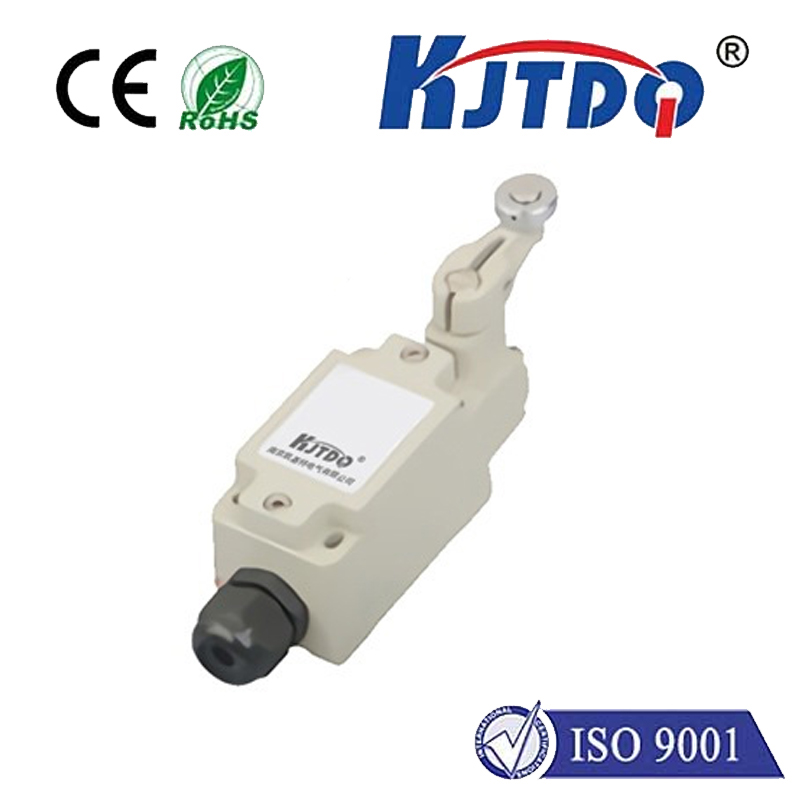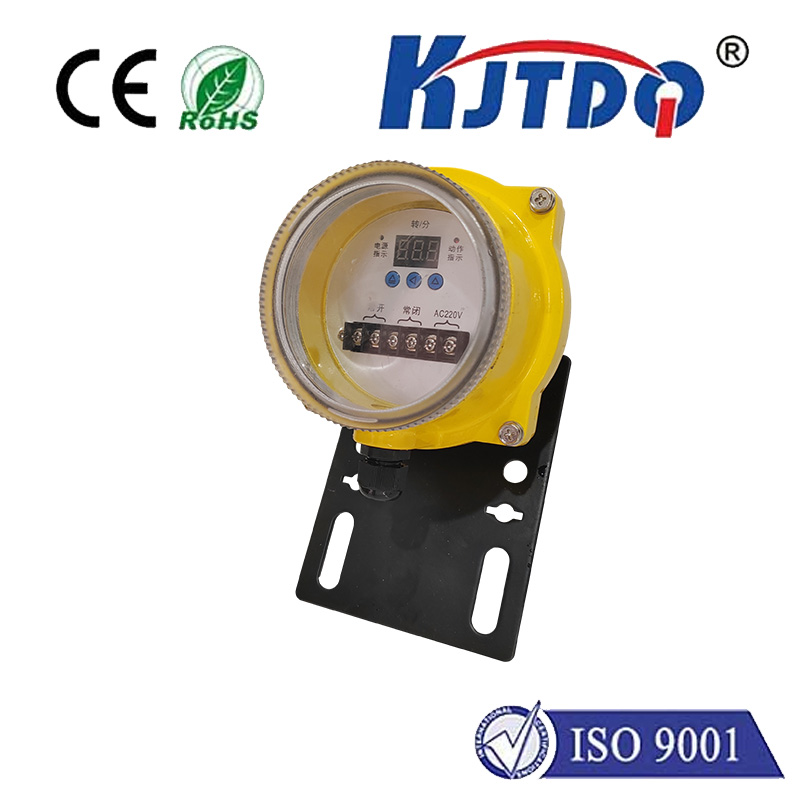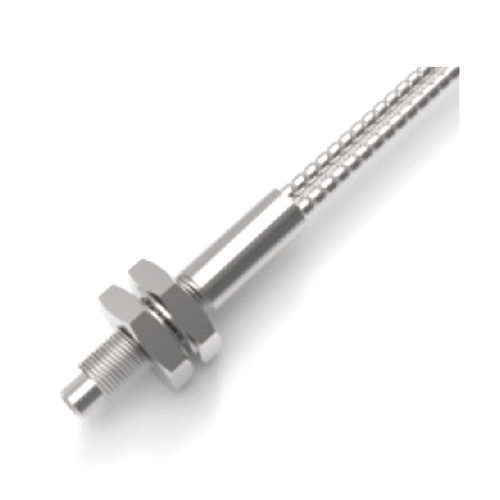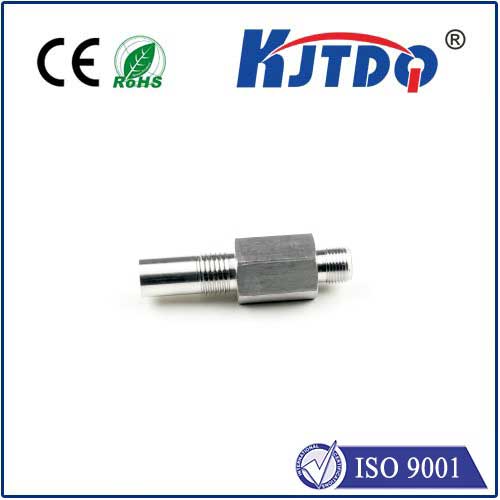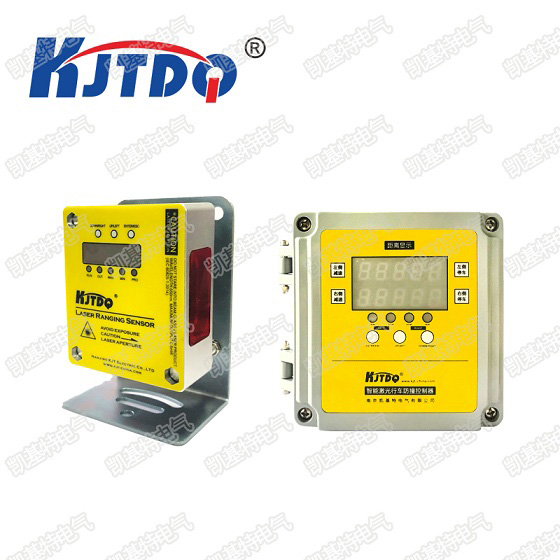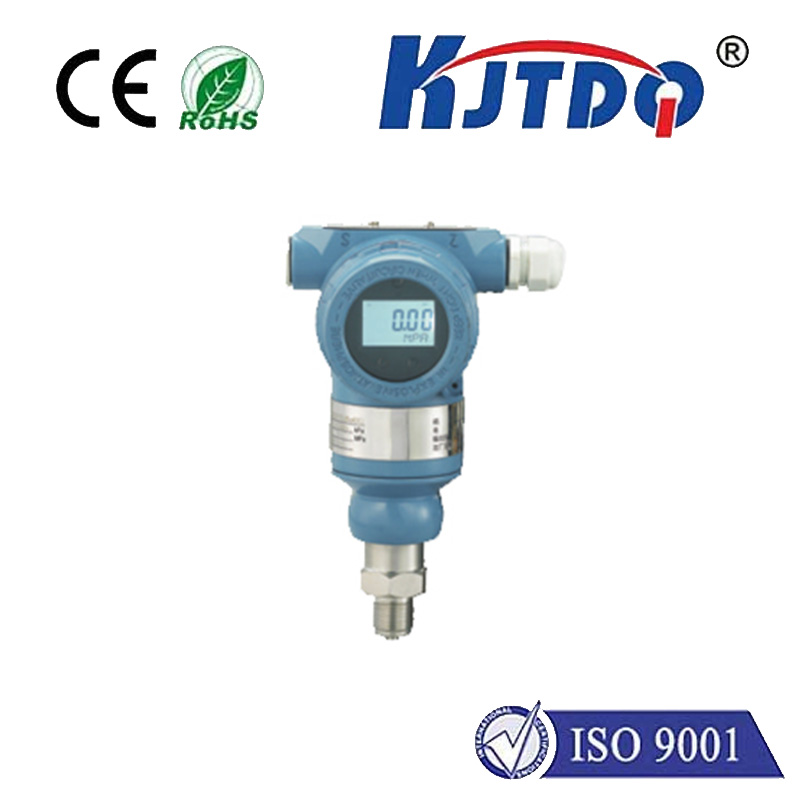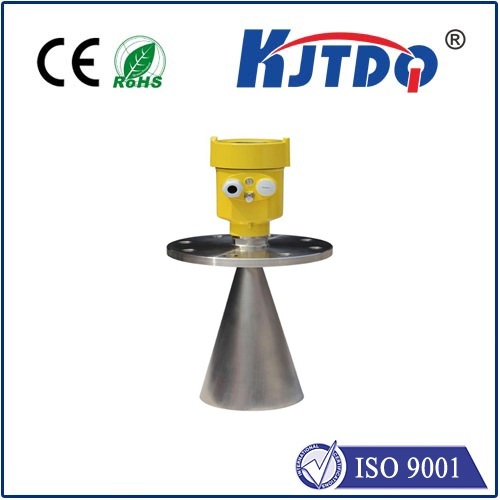l300f limit switch
- time:2025-08-01 13:16:01
- Click:0
L300F Limit Switch: The Unsung Guardian of Precision in Industrial Automation
Ever wondered what ensures a robotic arm halts precisely at its target, prevents a conveyor belt from overrunning, or keeps a safety gate firmly locked until the danger passes? Often, it’s a humble yet critical component working tirelessly behind the scenes: the limit switch. And within this essential category, the L300F limit switch stands as a widely recognized and highly dependable workhorse powering countless automated processes. This guide delves into why the L300F limit switch is a cornerstone of control and safety systems.
At its core, a limit switch is an electromechanical device designed to detect the presence or absence of an object or to monitor the extremities of motion. Think of it as a highly reliable traffic cop for machinery: when a moving part reaches a predetermined point (the “limit”), it physically activates the switch. This action sends an immediate electrical signal to the machine’s control system – essentially shouting “Stop here!”, “Start now!”, or “Proceed with caution!”. This simple yet powerful function forms the bedrock of precise positioning, sequence control, and vital safety interlocking across diverse industries.

The L300F limit switch exemplifies robust design tailored for demanding industrial environments. Its designation often points towards specific characteristics common in this model lineage:
- Rugged Housing: Typically constructed from durable materials like metal alloys or robust engineering plastics, the housing provides essential protection against impacts, vibration, dust, moisture (often conforming to IP ratings like IP65 or IP67), and harsh chemicals. This durability ensures reliable operation in factories, warehouses, and outdoor settings.
- Actuator Variety: A key feature of the L300F series is the availability of different actuator types. The most common is the roller lever actuator, providing reliable operation for cam-driven or edge-detection applications. Other options might include plunger (push rod) actuators for direct linear contact or whisker (spring wire) actuators for sensing delicate objects. This versatility allows the L300F to be adapted to numerous triggering scenarios.
- Reliable Micro Switch: Inside the protective housing lies the heart of the device: a precision micro switch. This snap-action mechanism ensures swift and positive electrical contact opening or closing when the actuator is moved, minimizing arcing and providing a clean signal to the control system. The snap-action design guarantees consistent operation regardless of the speed at which the actuator is engaged.
- Clear Electrical Ratings: Designed for integration into control circuits, the L300F features standardized screw terminals or quick-connect options. Its electrical specifications – including voltage (commonly up to 250V AC or 125V DC) and current ratings (often 10A-15A) – are clearly defined, allowing engineers to confidently incorporate it into 24VDC PLC input circuits or higher-power motor controls. Understanding these electrical ratings is crucial for safe and effective implementation.
- Mounting Flexibility: Designed for practicality, the L300F usually features multiple mounting points or a standardized base pattern. This ease of installation simplifies setup and adjustment on machinery frames, brackets, or custom fixtures, which is vital for maintenance efficiency.
The applications for the L300F limit switch are vast, touching nearly every facet of automation:
- Machine Tool Positioning: Defining the start and end points for milling heads, lathe carriages, and drilling spindles with precision control.
- Conveyor Systems: Detecting package presence, signaling end-of-line, preventing jams by stopping sections when overloaded, and initiating sorting mechanisms.
- Material Handling Robots: Setting home positions, confirming gripper closure/open status, and defining the boundaries of robotic work cells (acting as a safety interlock).
- Packaging Machinery: Controlling the stroke of fillers, sealers, and labelers; confirming product placement; actuating cutters at precise lengths.
- Overhead Doors & Gates: Ensuring doors stop at the fully open and closed positions reliably. In industrial settings, they act as safety interlocks, preventing machinery from operating if a safety gate is open.
- Valve Position Feedback: Providing open/close confirmation for control valves in process industries.
Proper installation and maintenance are key to maximizing the lifespan and reliability of an L300F limit switch. Accurate positioning relative to the target is paramount – the actuator must be engaged squarely and completely at the desired limit point to ensure reliable switching. Regularly inspect the actuator arm for damage or excessive wear, check mounting hardware for tightness to prevent misalignment caused by vibration, and ensure the electrical connections remain clean and secure. Periodically verifying the switch’s electrical function, especially in critical safety interlock roles, is a recommended maintenance practice.
When selecting an L300F limit switch, consider these crucial factors:
- Operating Environment: Assess exposure to dust, moisture, chemicals, temperature extremes, and mechanical impacts. Match the switch’s IP rating and housing material to these conditions.
- Actuator Type: Choose the actuator that best suits the triggering method – roller lever for cams/edges, plunger for direct pushes.
- Electrical Requirements: Ensure the switch’s voltage, current rating (both AC and DC), and contact configuration (Normally Open, Normally Closed, or Changeover) are compatible with your control circuit.
- Mechanical Life Expectancy: Consider the required number of actuations. Industrial-grade switches like the L300F are typically rated for millions of operations.
- Sensitivity: For applications involving slow-moving objects or delicate positioning, ensure the actuator requires only minimal force or travel to trigger the switch reliably.
For engineers, technicians, and maintenance personnel navigating the world of automation, understanding components like the L300F limit switch is fundamental. Its blend of rugged construction, operational reliability, electrical clarity, and versatile configuration makes it an indispensable tool. It provides the essential feedback loops that grant machinery intelligence, ensuring movements are precise, sequences are followed, and operations remain safe. While it might operate unnoticed, the dependable performance of the L300F limit switch is a critical factor in the smooth, efficient, and secure operation of modern industrial systems day in and day out. Getting the right model and installing it correctly ensures your machines respond predictably to the physical limits you define.






